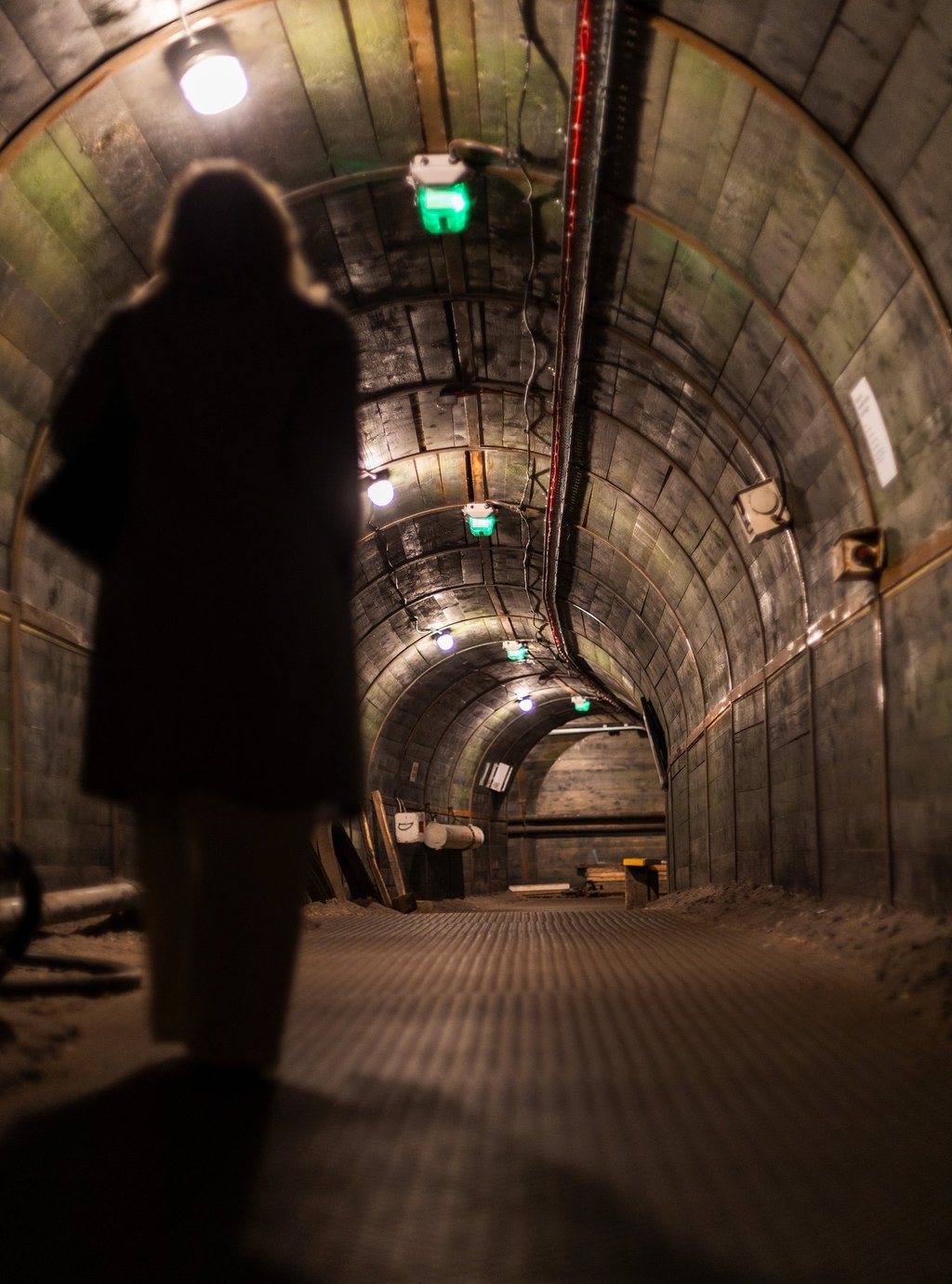Lady Victoria Colliery
Today I won't tell you about my experience of life in Scotland, but I will take you to a place that I visited a few days ago and which literally enchanted me.
1/16/20254 min read
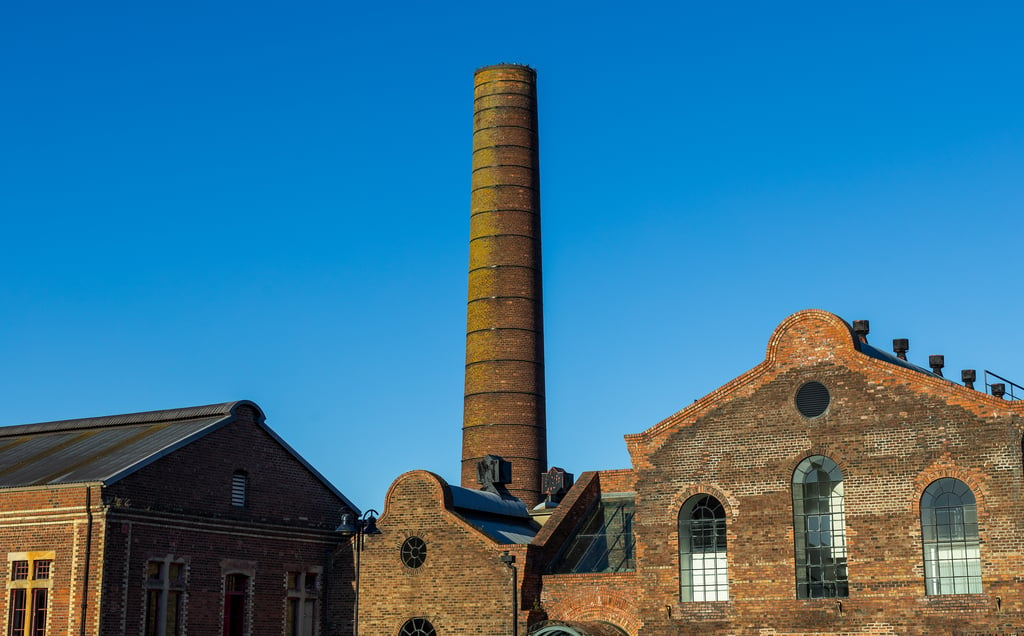

It is a place near Edinburgh, but which is unknown to many; a place closely linked to the past and more recent Scottish history but which is not an attractive tourist destination for the masses: It is "Lady Victoria Colliery". The mine was named after the owner's wife, the Marquess of Lothian. Lady Vic, as it is sweetly called, was opened in 1895 and remained open until 1981, when Margaret Thatcher ordered the closure of all coal mines in the UK, after tragic revolts by miners, well documented by the press and from the TV of the time. I was very young at the time but I remember very well the very violent clashes between the police and the demonstrators.
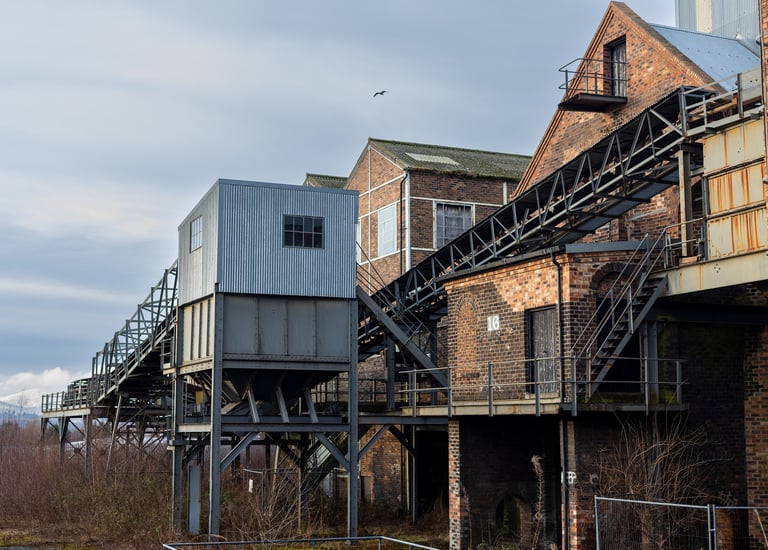

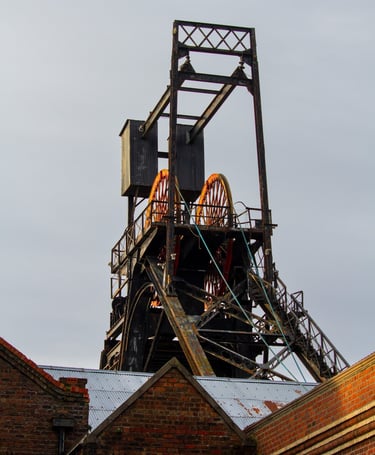

Immediately after it closed, the mine became a museum and the old miners are now excellent guides for organized tours that depart at set times. The guides will talk to you about their experience as miners, what it meant to work in that place and will certainly share some personal anecdotes that will add a touch of humanity to your visit.
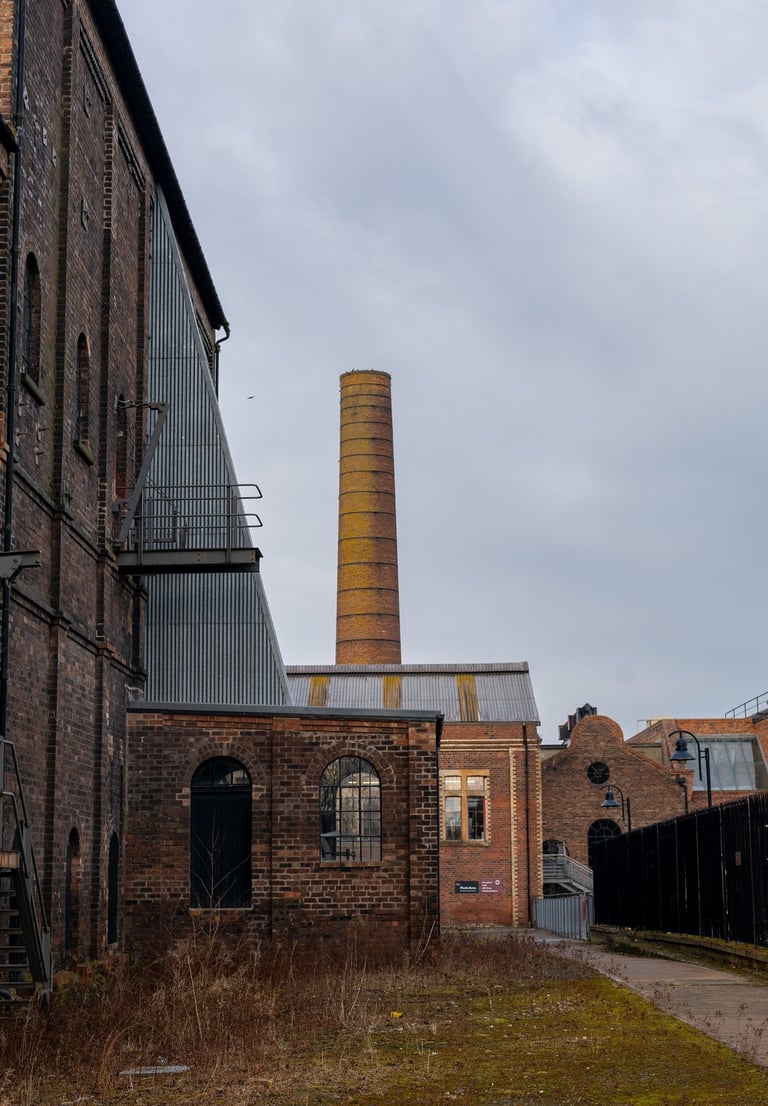

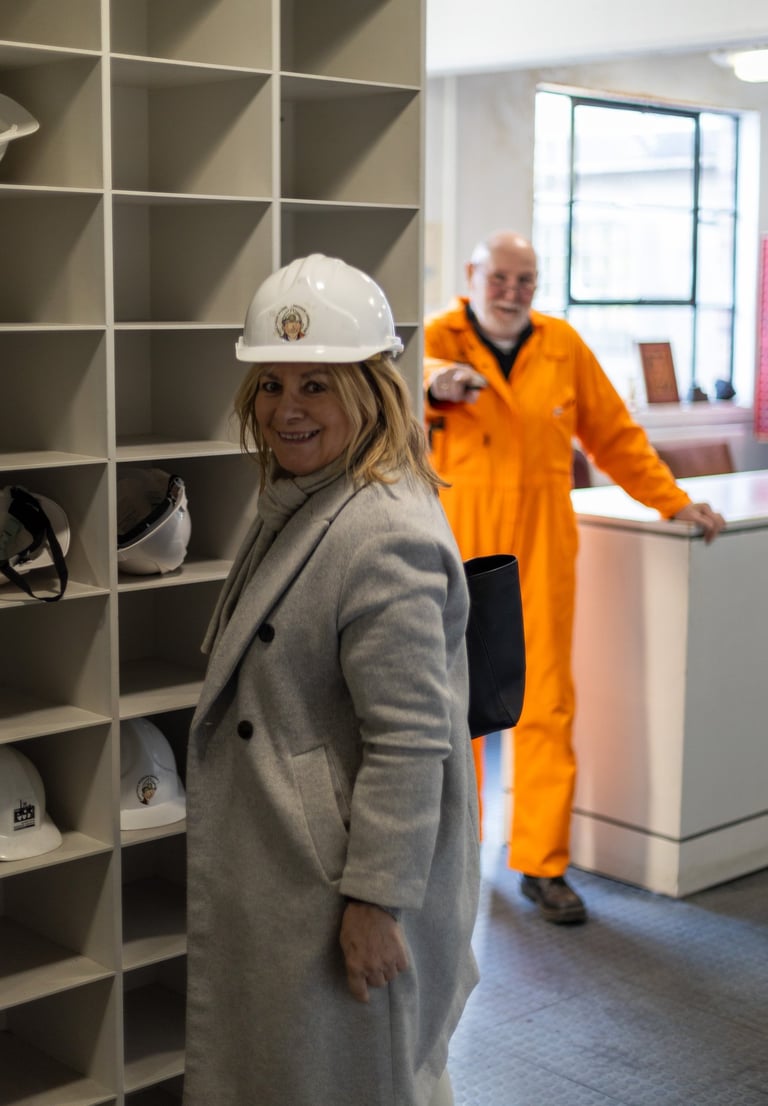

The museum is located in Newtongrange and is easily accessible by train from Waverly Station in Edinburgh; in about 12 minutes you will be in Newtongrange and then from the station you will have to walk a few minutes to reach "Lady Vic". It is a place that literally bewitched me and I hope that the photos I posted are able to give a small taste of the beauty of this place.
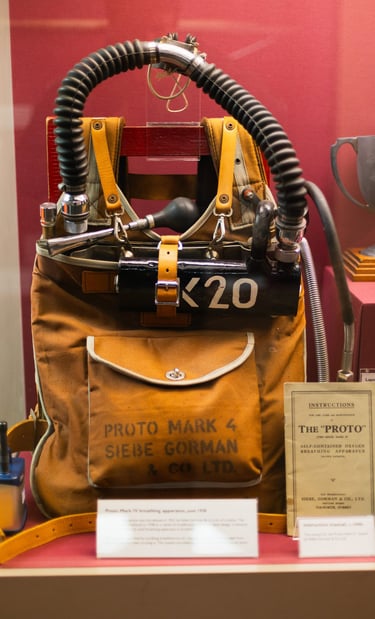

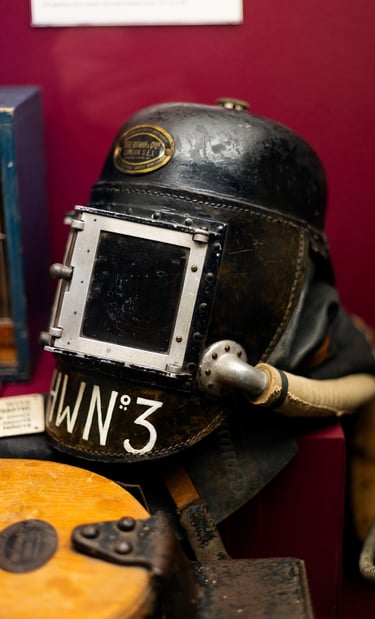

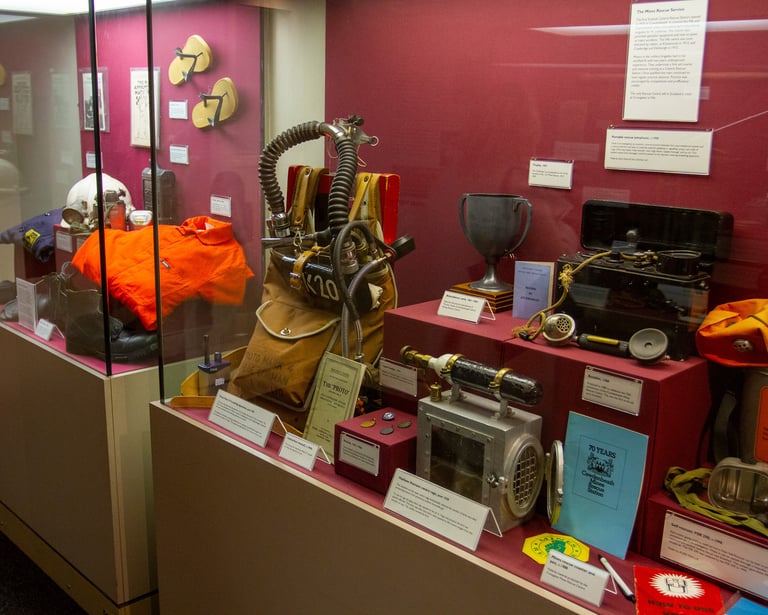

The main entrance leads directly to a small café, rather anonymous but the cappuccino is not bad by Scottish standards, and to a small shop, where you can buy little objects and books about the mine. From there you take the lift or the stairs and you are immediately projected into the world of the mine and its history. Old photos from the end of the 19th century testify to the heavy work of the miners who extracted the coal needed for Edinburgh, photos of women who were responsible for selecting the coal, photos of the small ponies that were used to transport it, a microcosm that moved underneath land and outdoors.
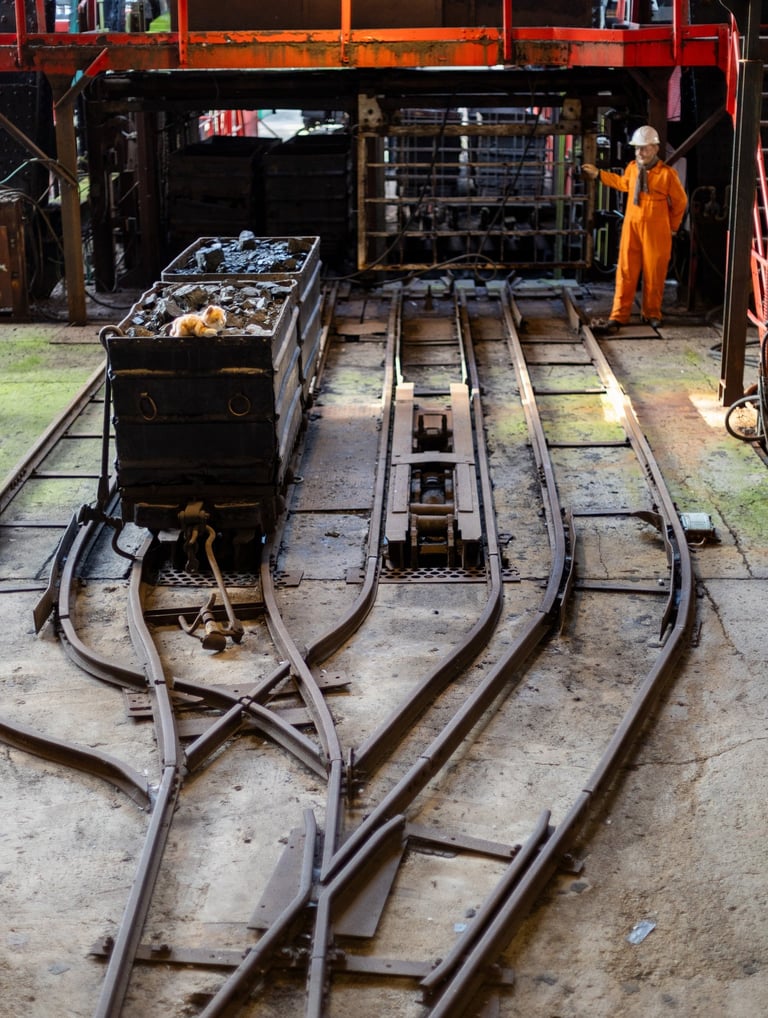

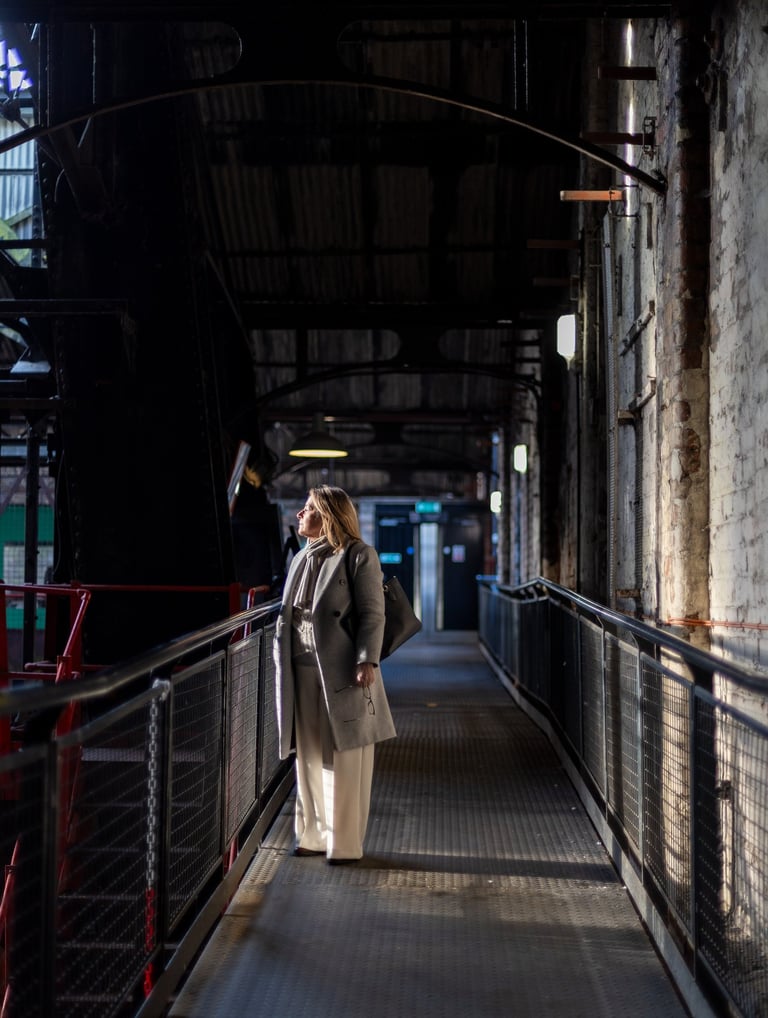

Extracting the raw material from underground meant working in a place that was not comfortable and not without dangers, such as the water that filtered everywhere and flooded the tunnels, the little ventilation present, the gas that constantly entered the mine, causing explosions and air poisoning that resulted in many tragedies, even very recent ones. Despite everything, "Lady Vic" was a cutting-edge mine for modern coal extraction methods. Newtongrange soon became Scotland's largest mining village, employing thousands of people.
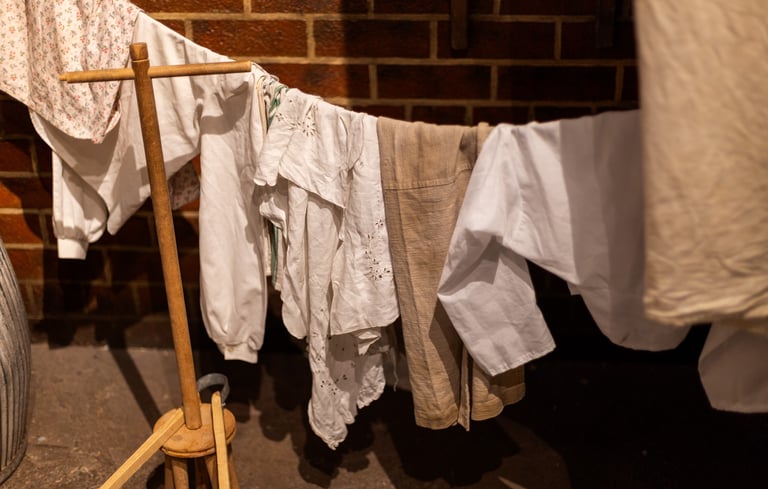

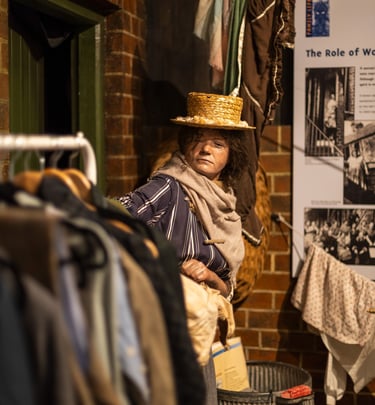

The museum has been designed and organized impeccably; the rooms that gradually open up in front of you transport you to times gone by and into a totally new and unexplored reality. The life of the miners and their families comes to life from all the finds found; miniatures make you see and learn about unimaginable realities. Photos open your eyes to unknown facts. Lanterns, tools, old carts, engineers' measuring instruments, masks for breathing underground, the canary cage that was used to know if there was a dangerous gas leak, up to the most recent plastic slippers or helmets, they are all instruments of a normality unknown to most.Hearing the voices of teenagers/children who worked in the mine in miserable conditions is heartbreaking, as is seeing the reconstructions of a miners' home in their modesty. But despite everything, it was a humanity that moved forward and also found time to meet up in the pub for a drink at the end of the day.
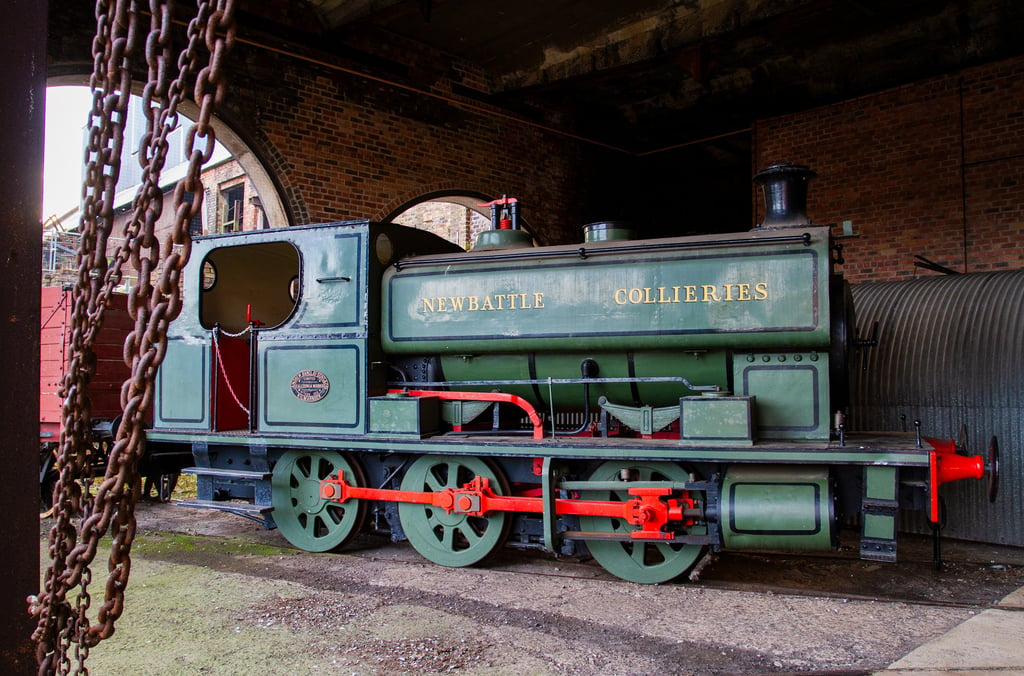

Looking out of a window of the mine you can see Edinburgh in the distance, and it makes you think how much pain and suffering went through there to give coal to that city that was expanding out very quicly. At the end of the route is Locomotive No. 21 which brought coal from the mine to Edinburgh and from there everywhere in the UK. At least 40 million tons of coal had been produced by this mine in 86 years of operation. This museum is truly a “national treasure” where the history of coal and mining is kept alive as a legacy for present and future generations. An absolutely must-visit gem.
